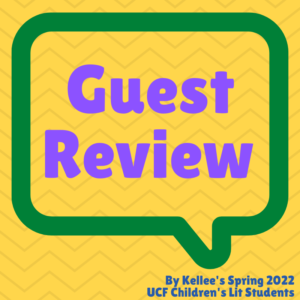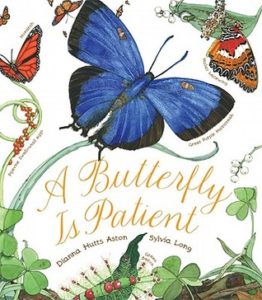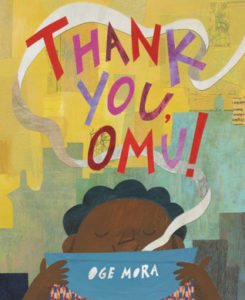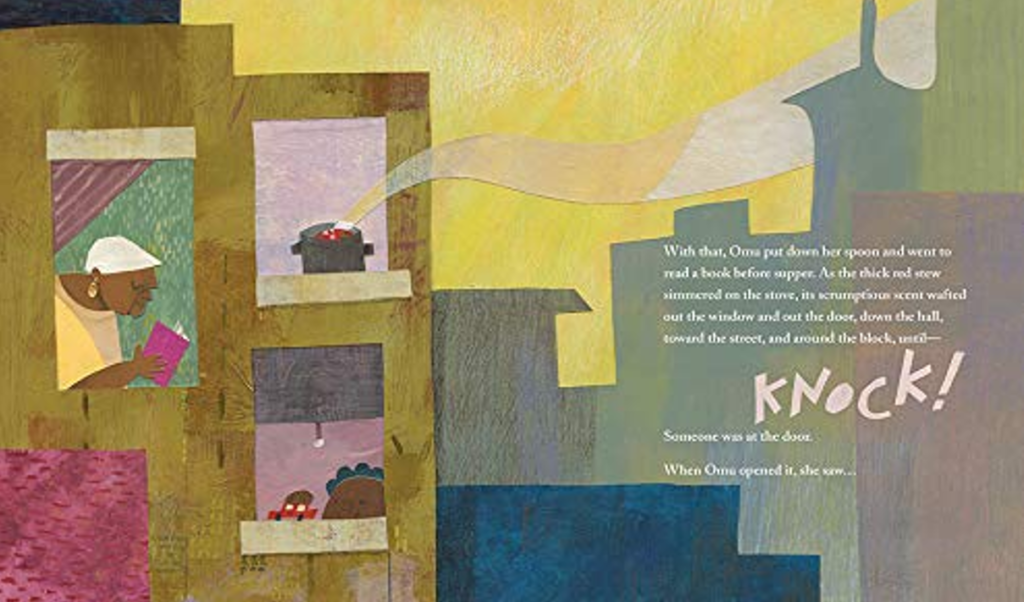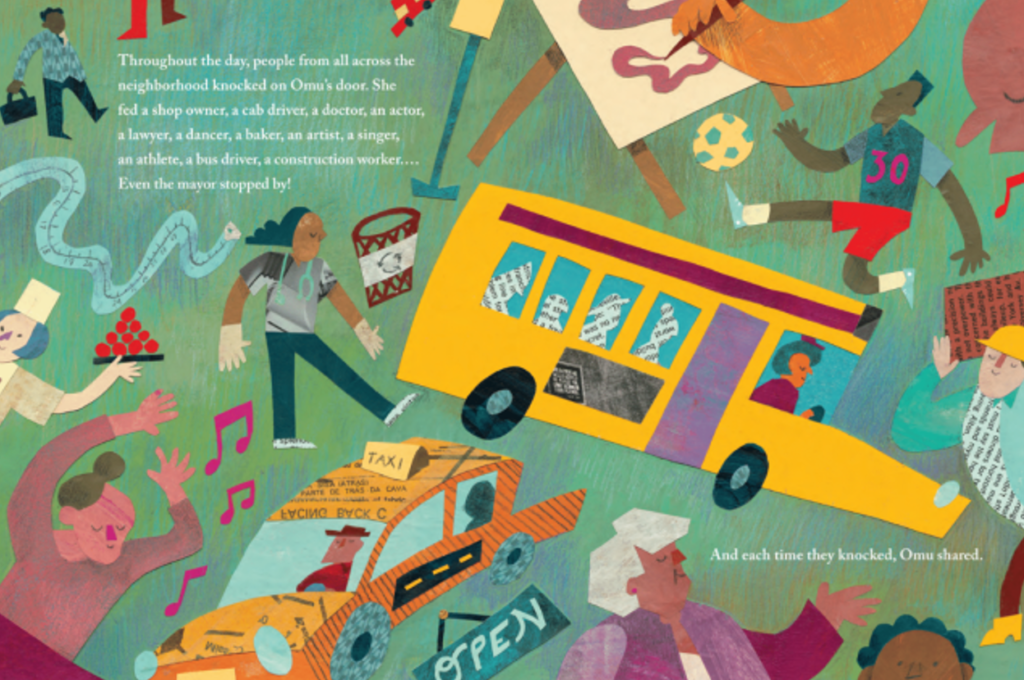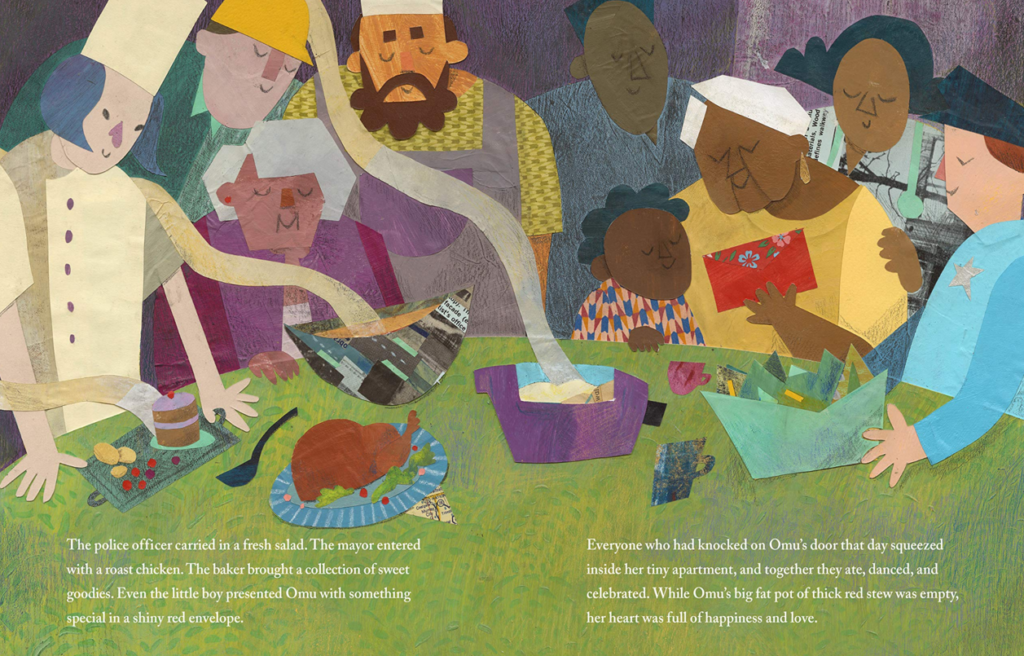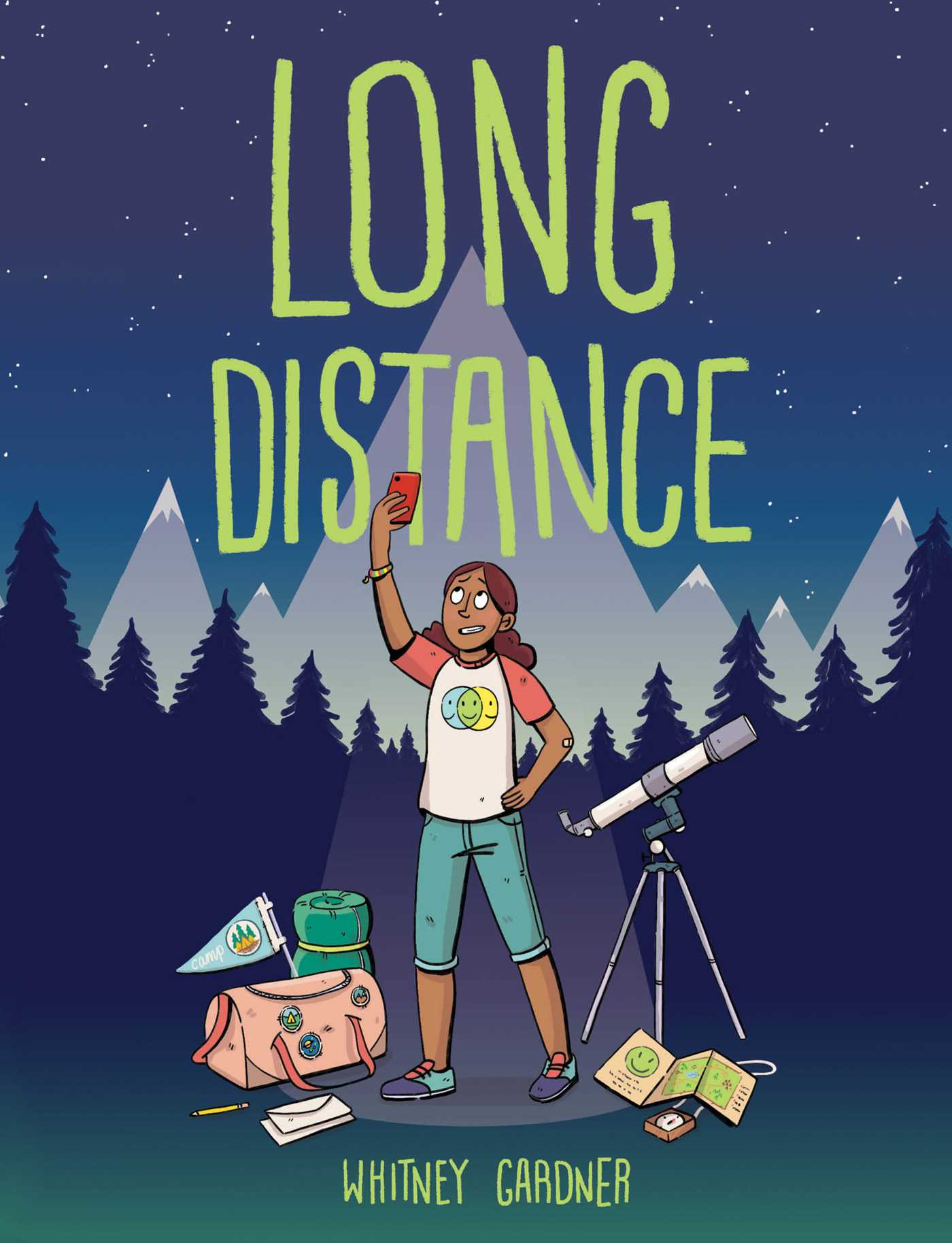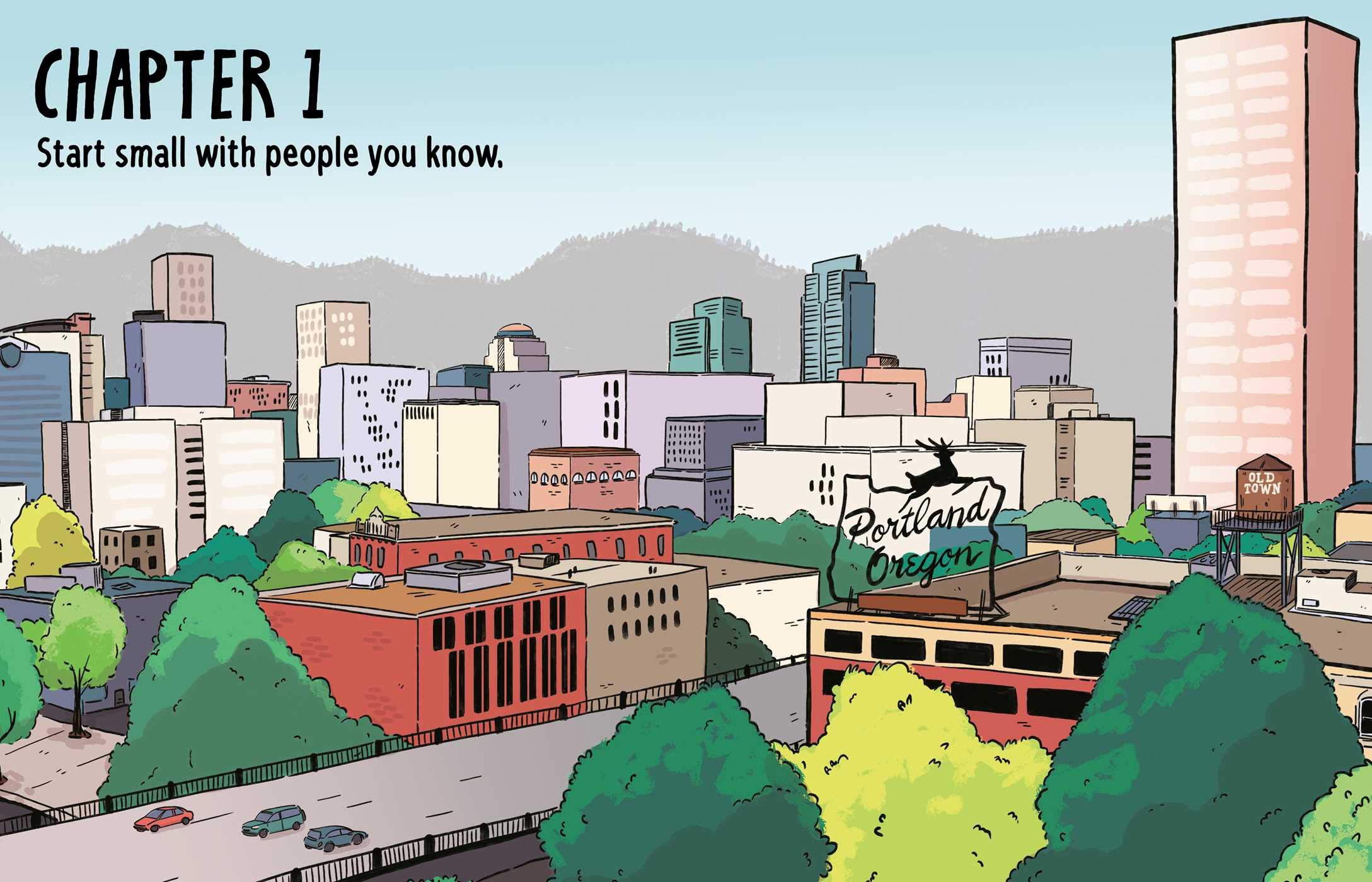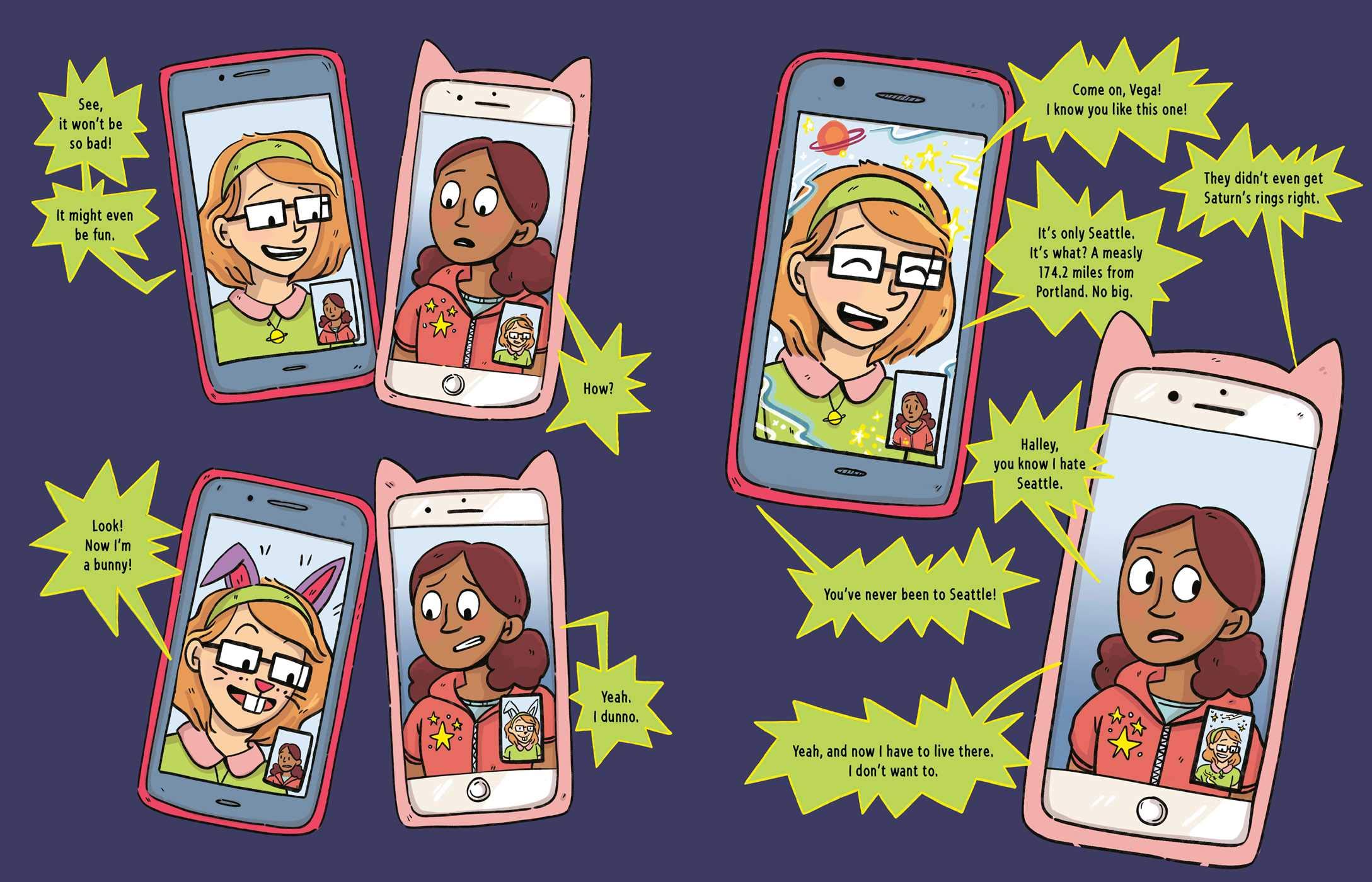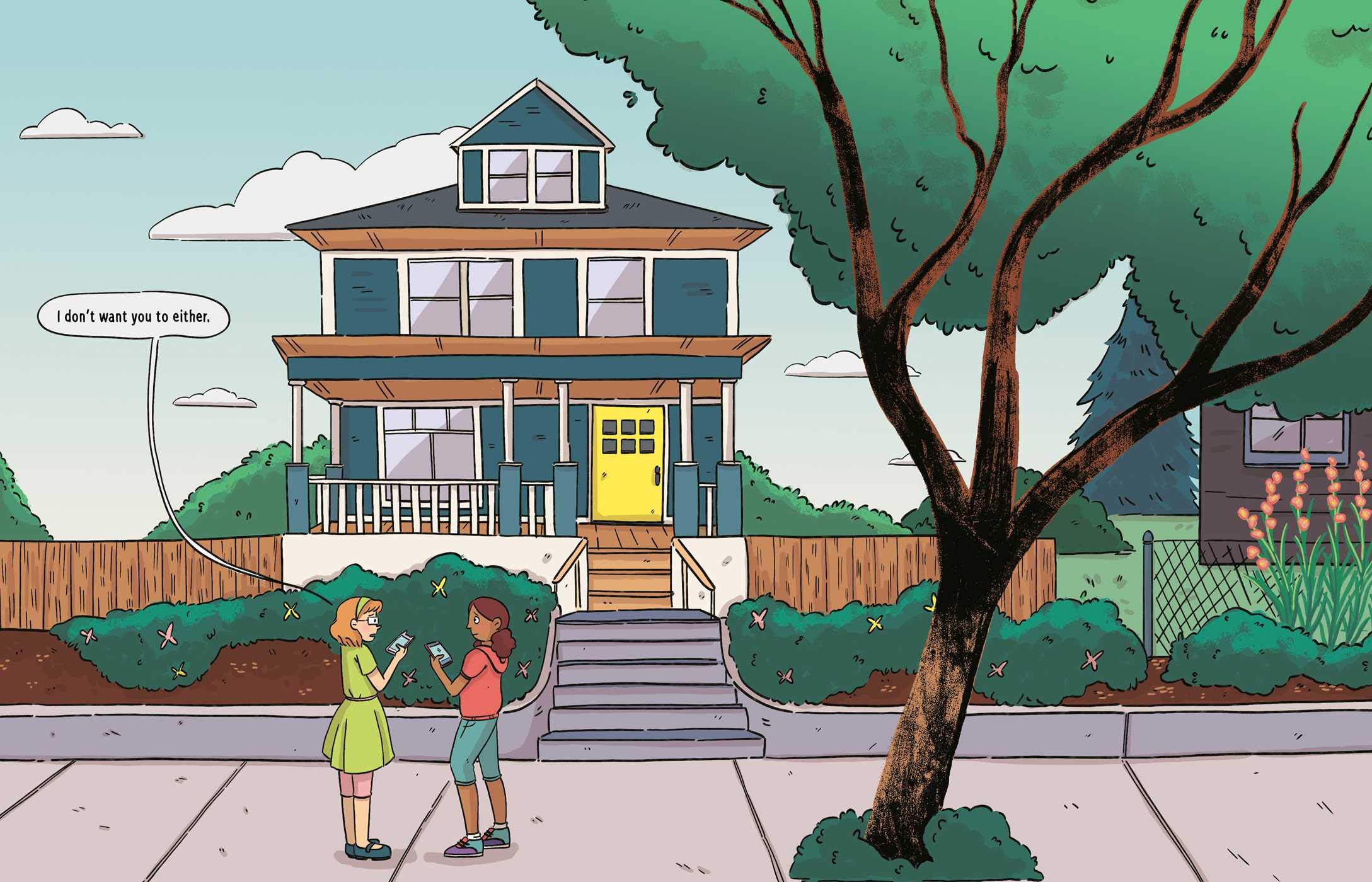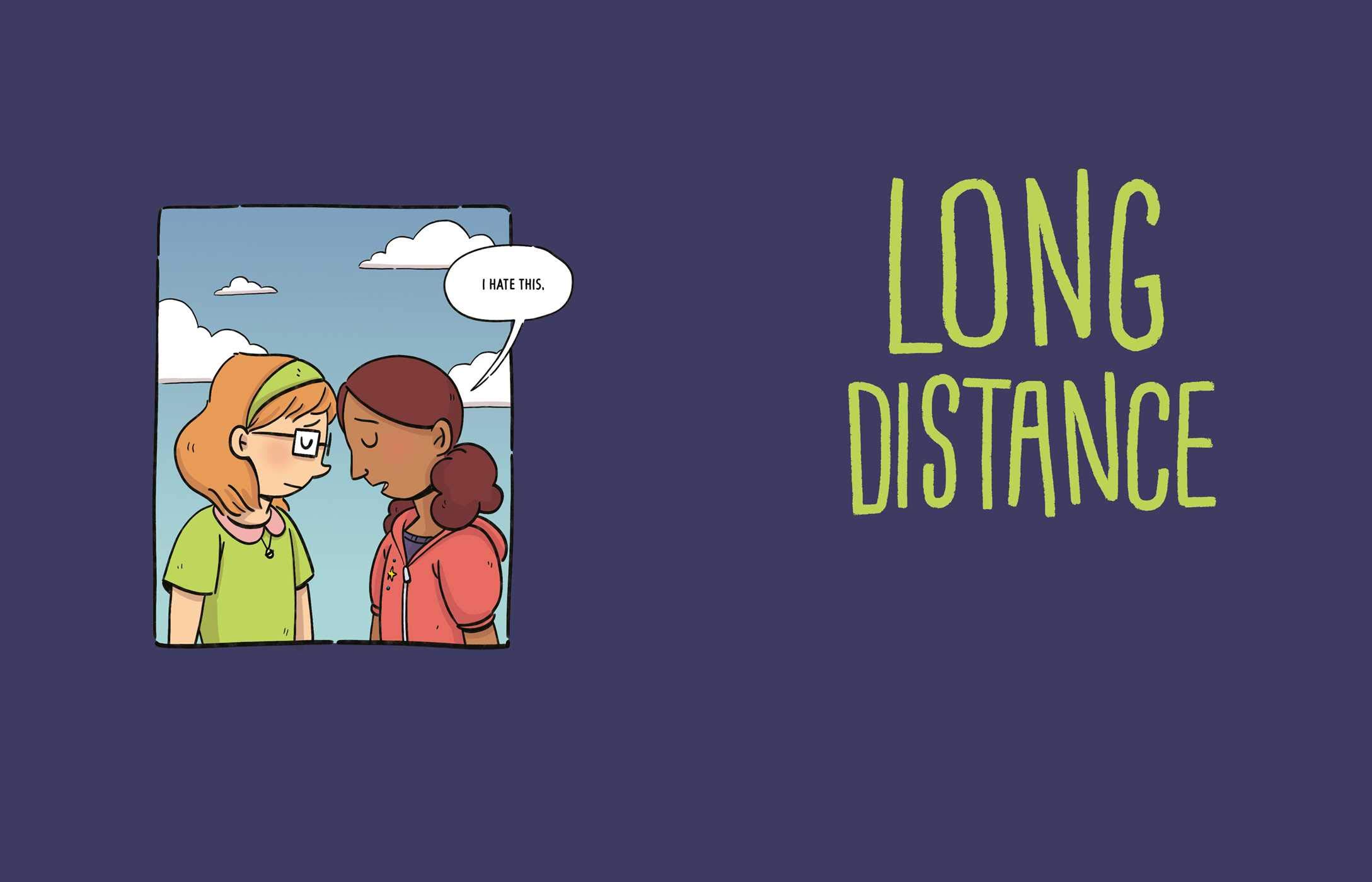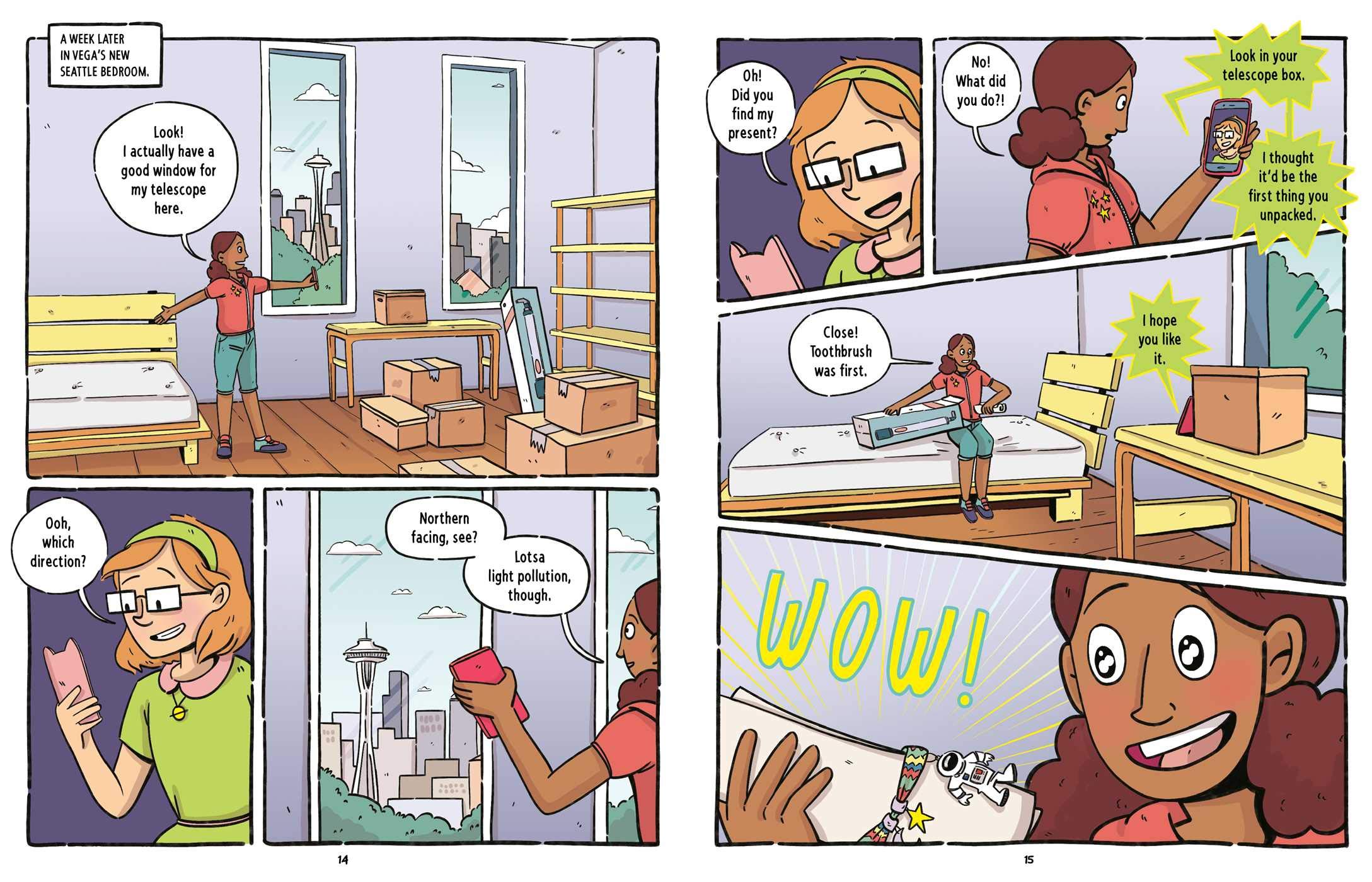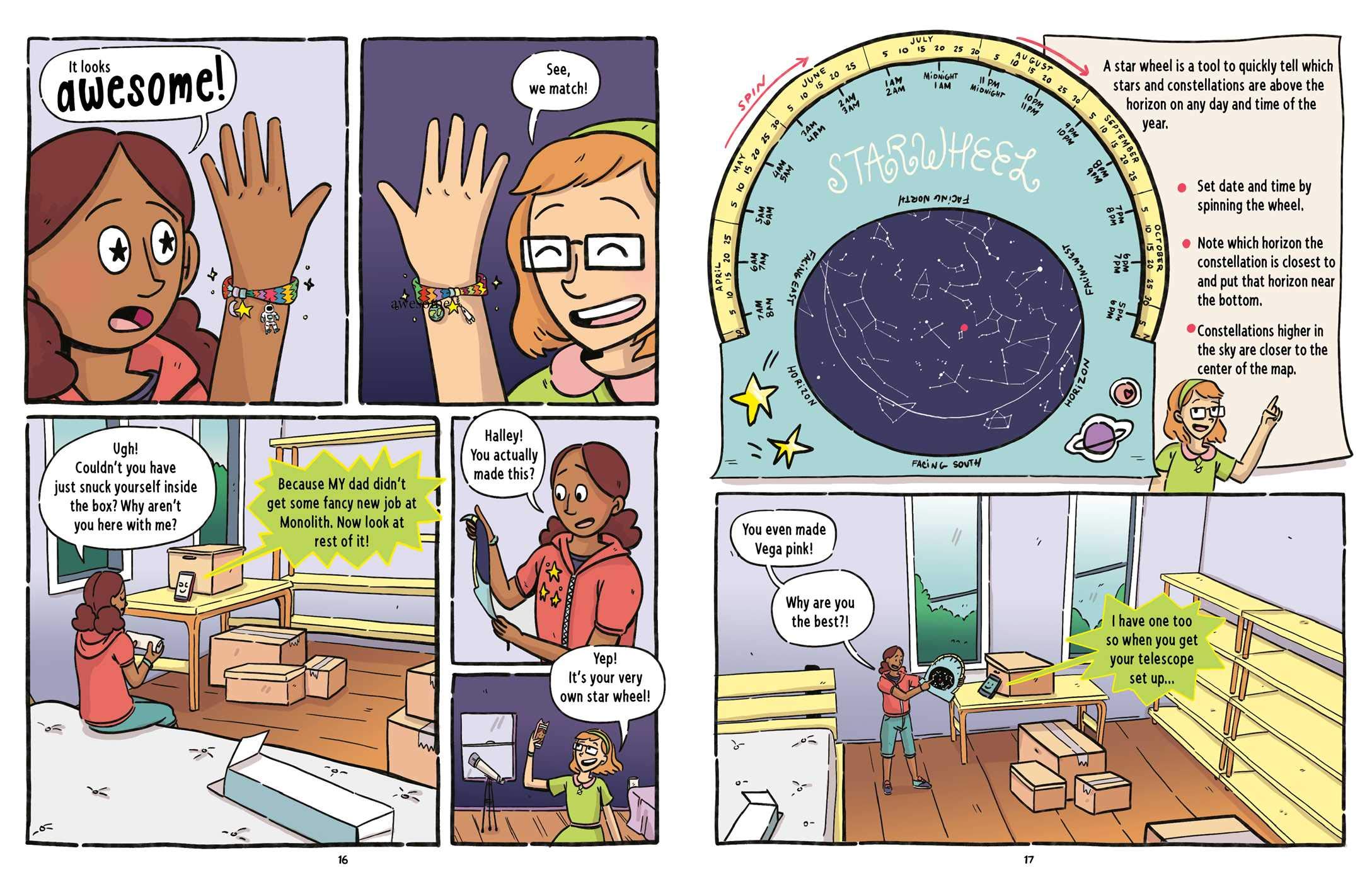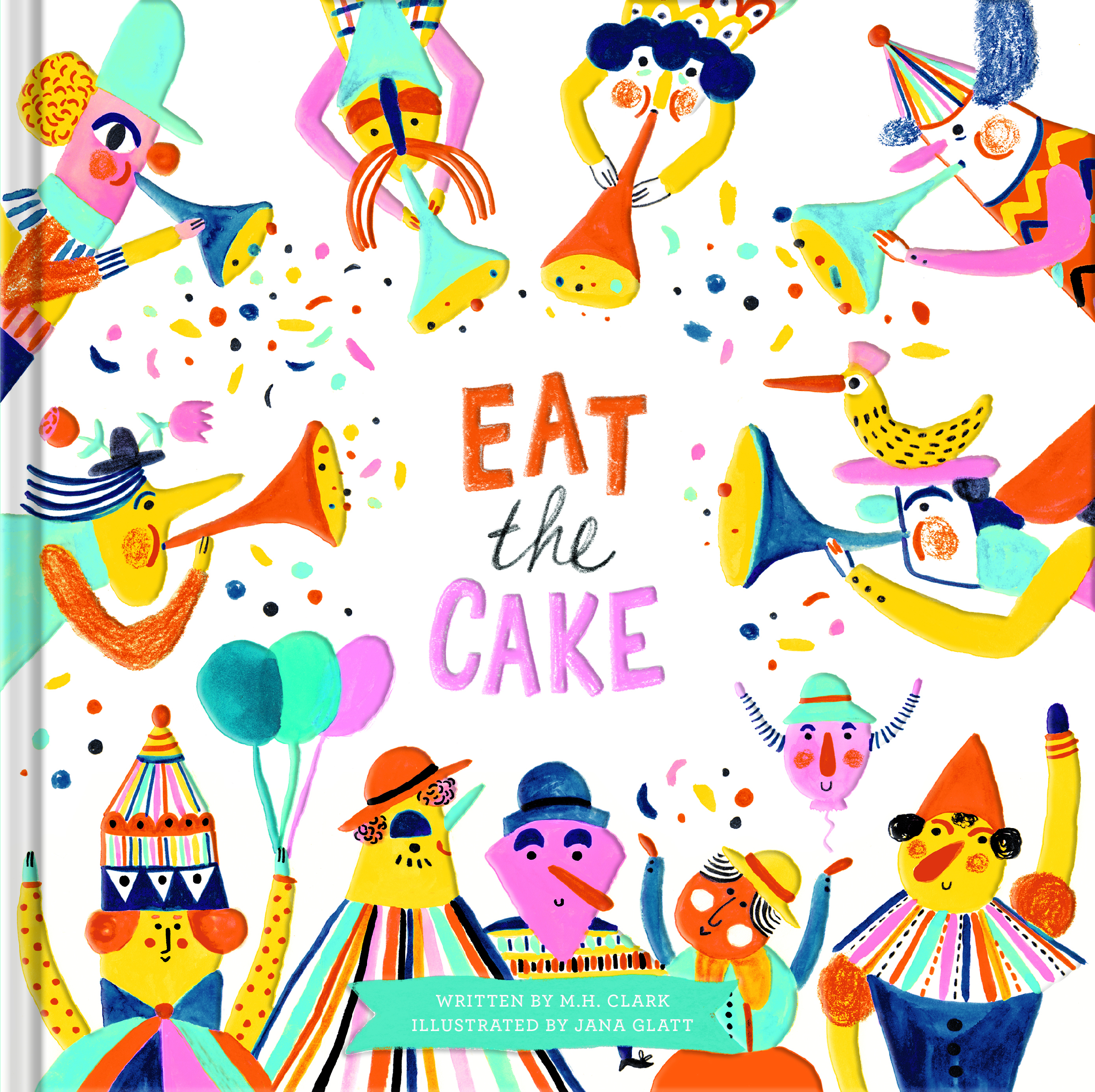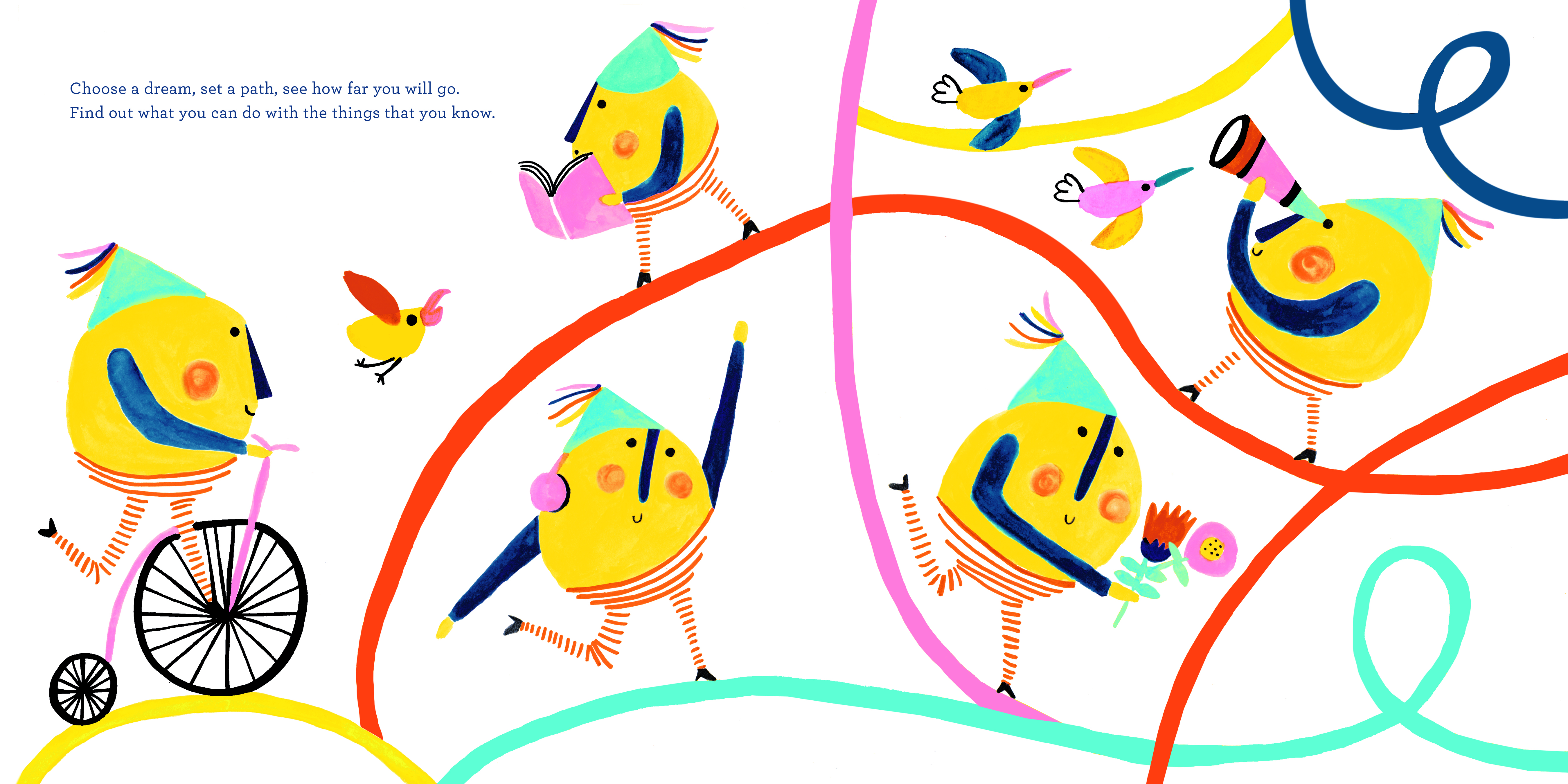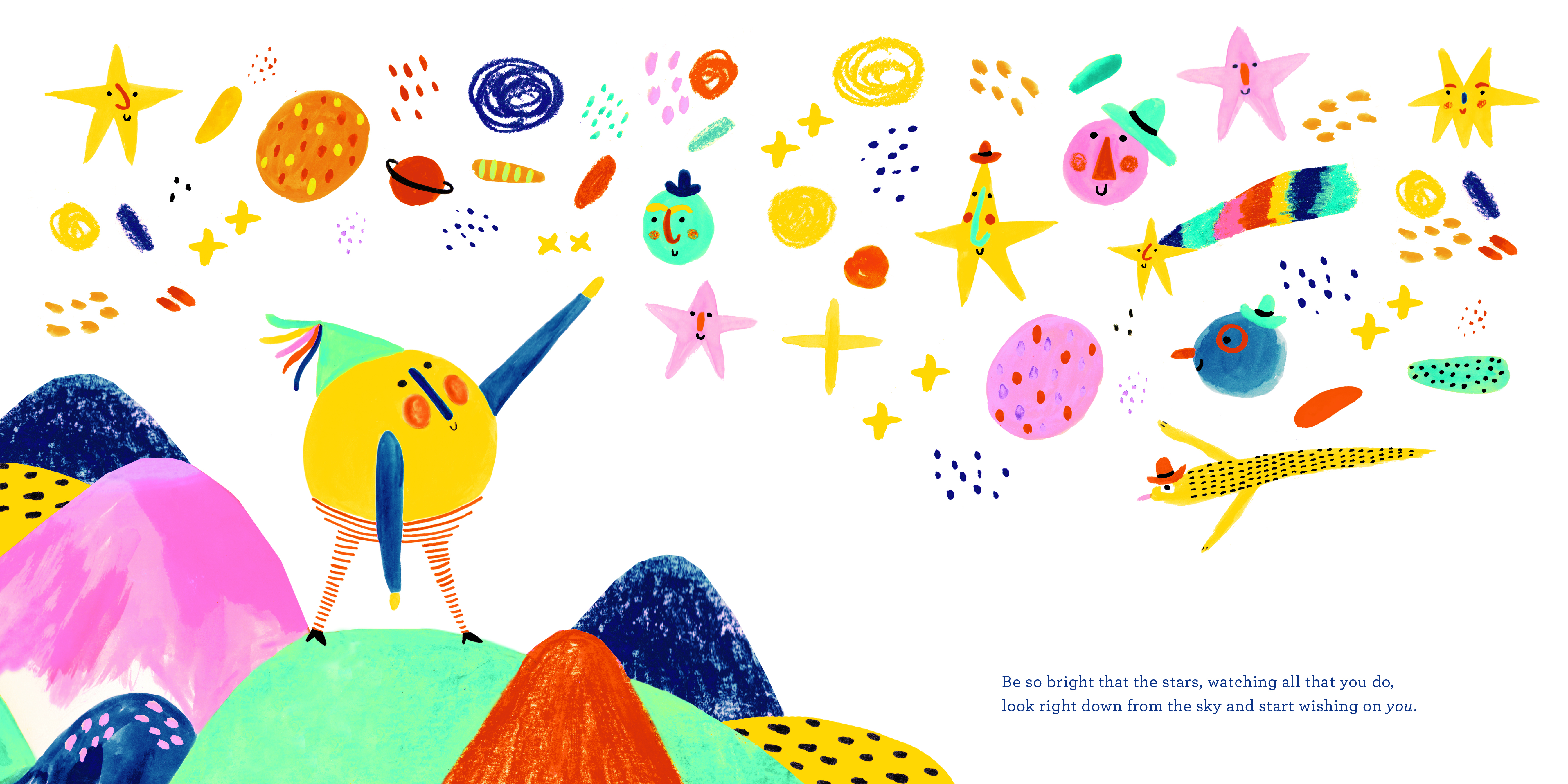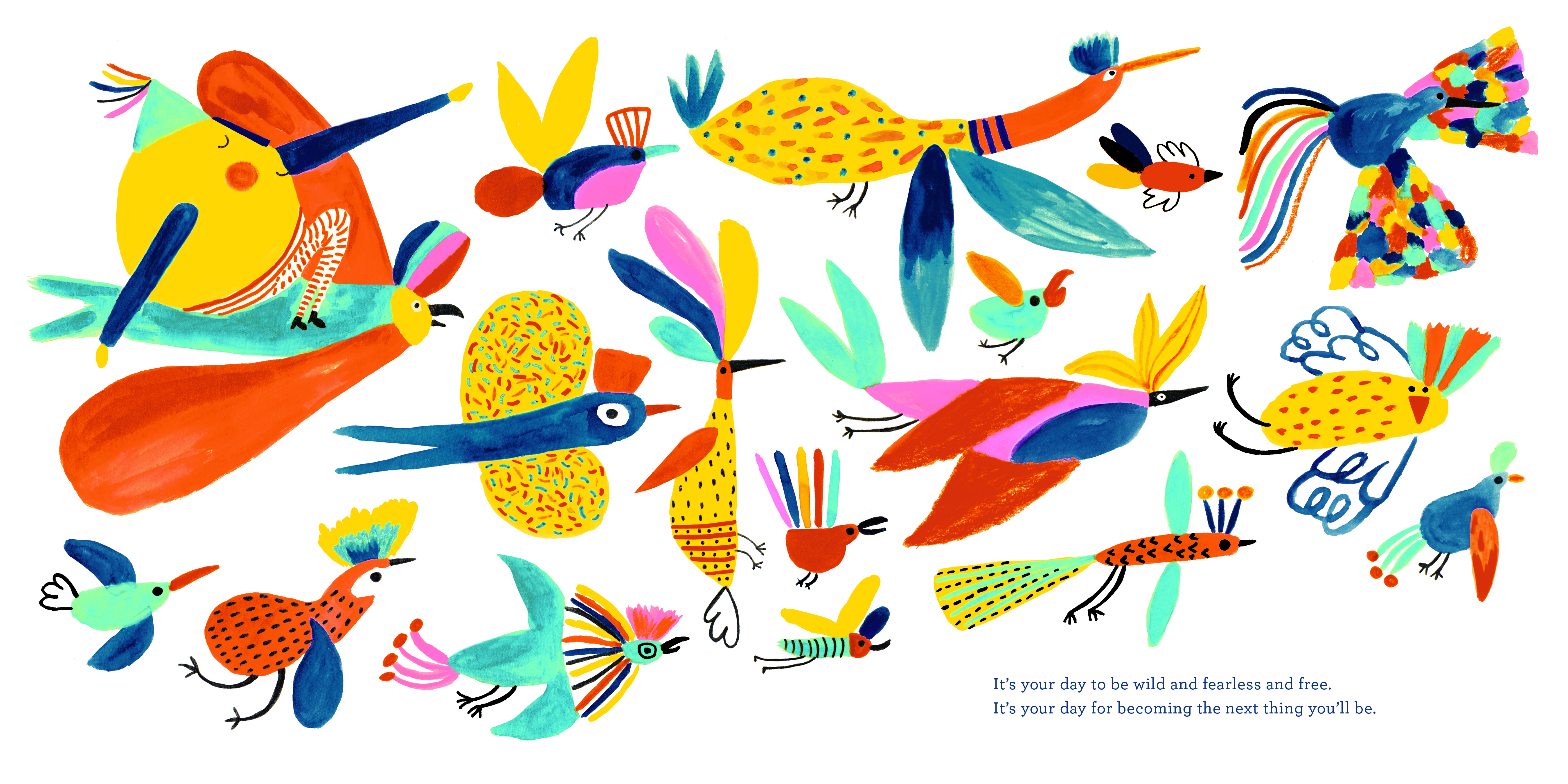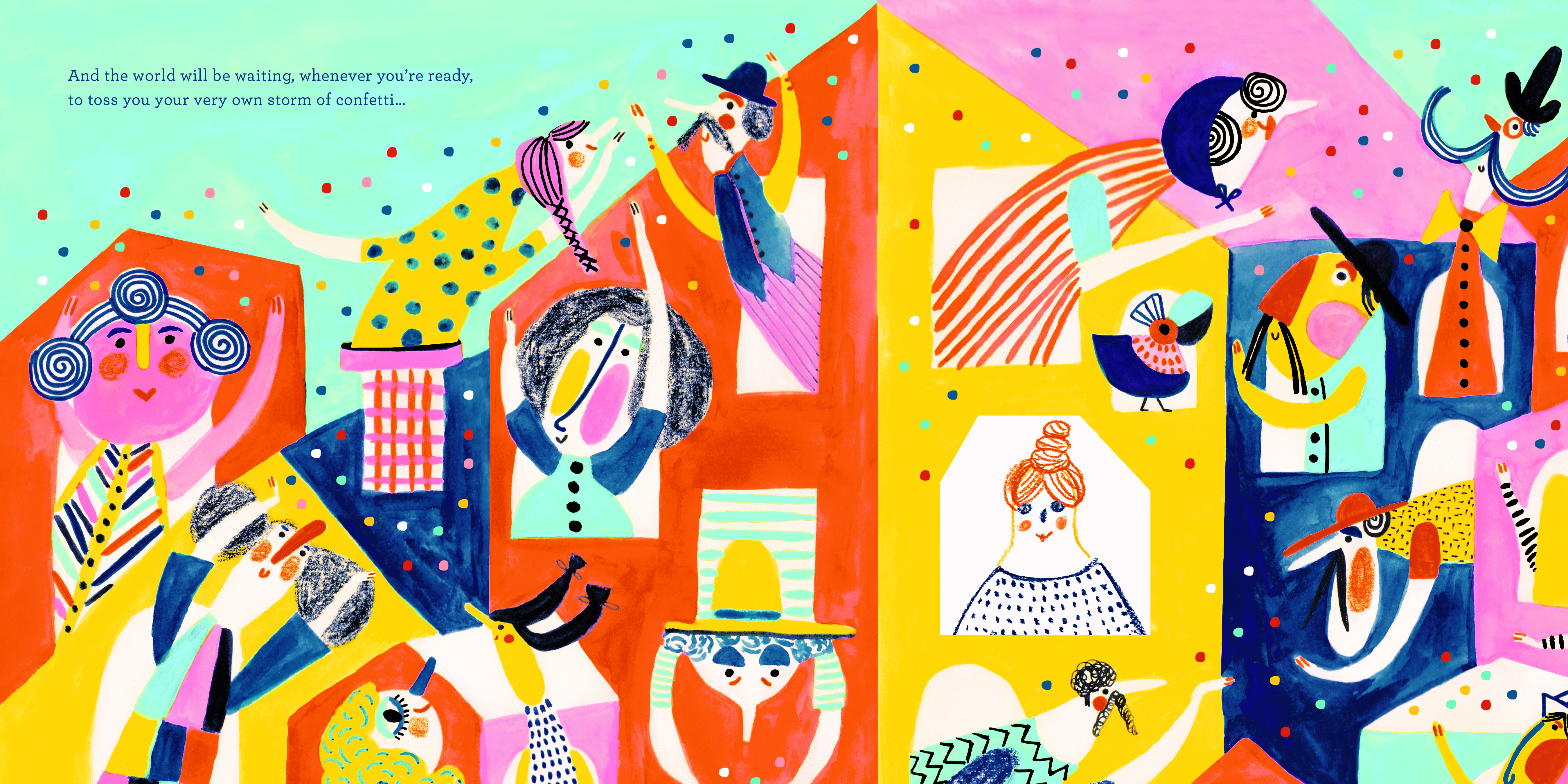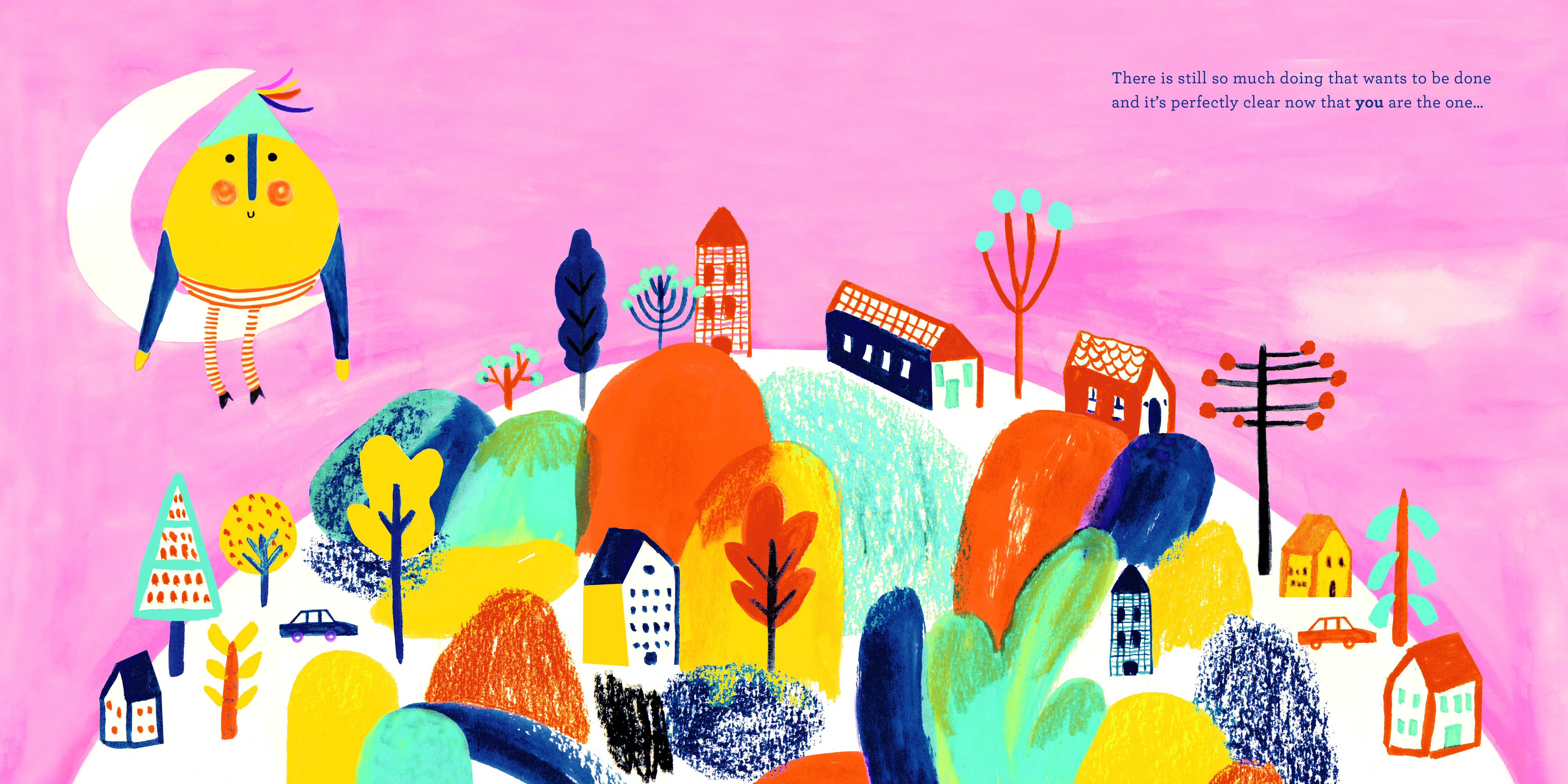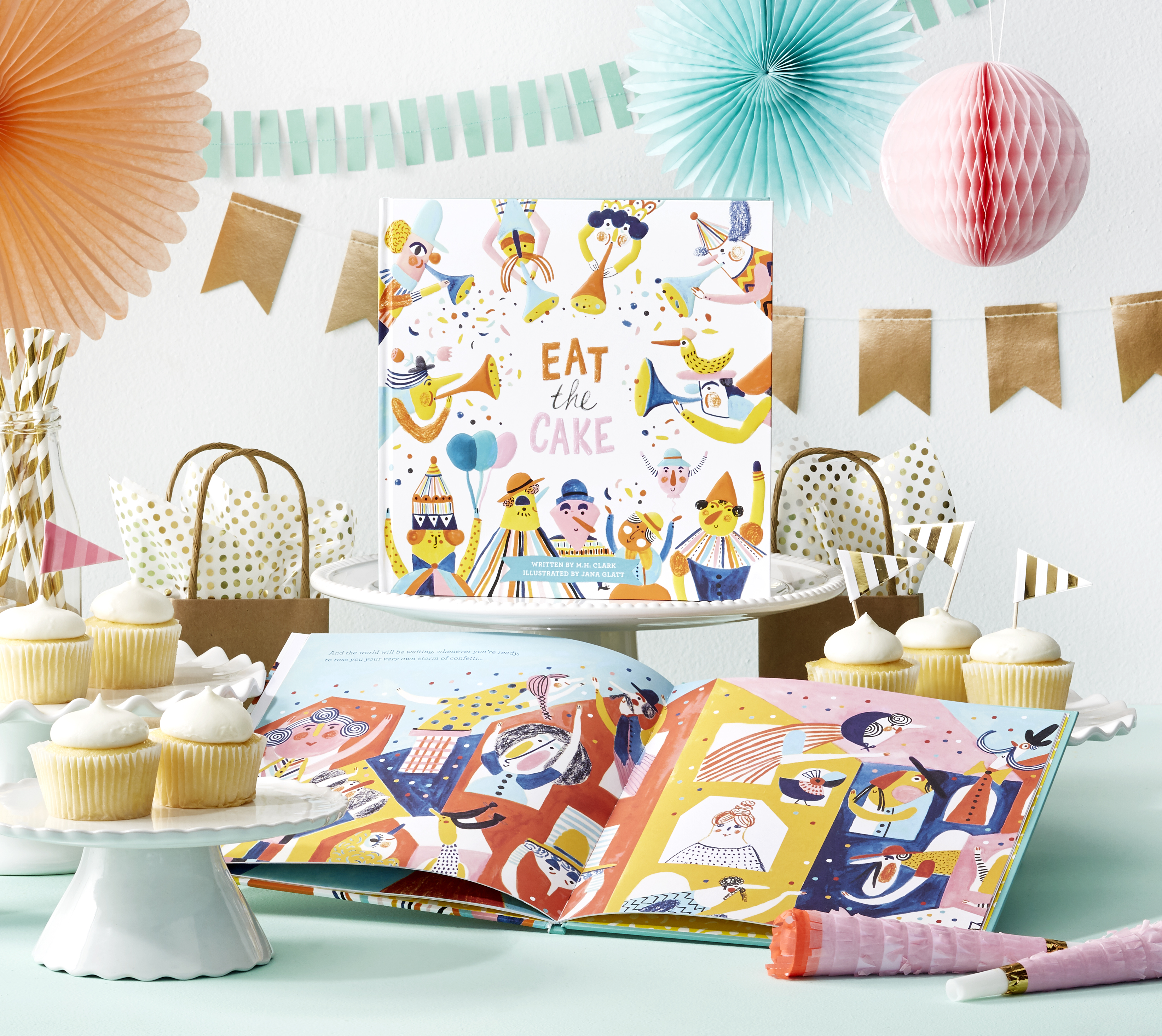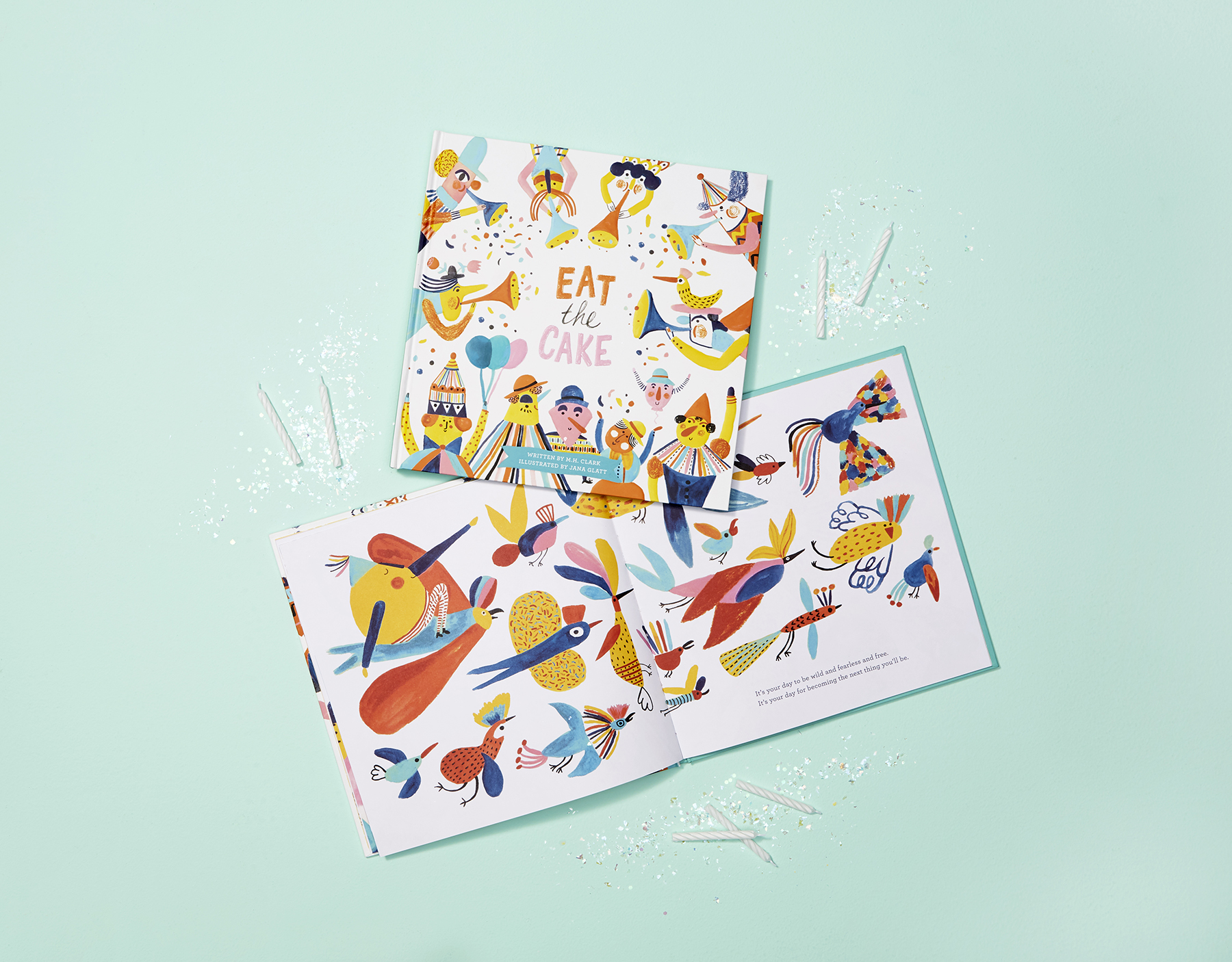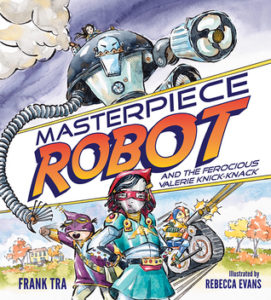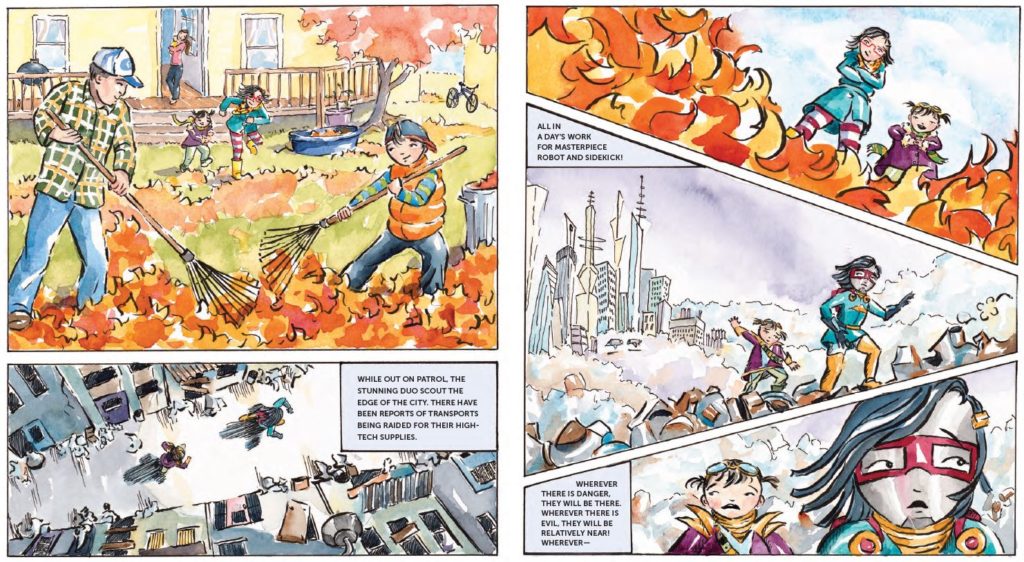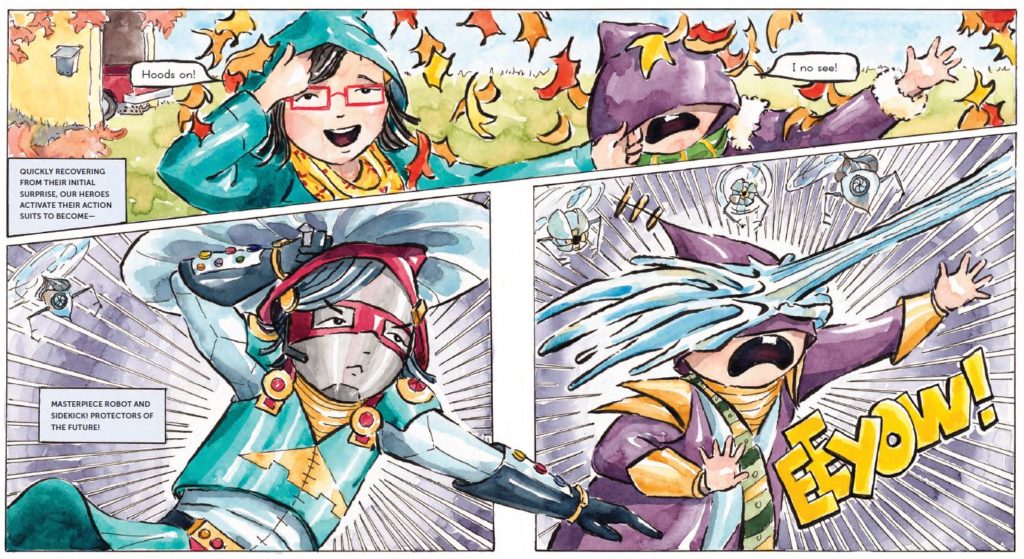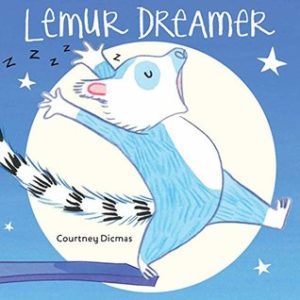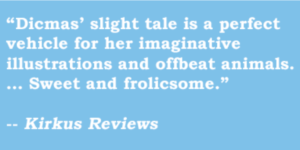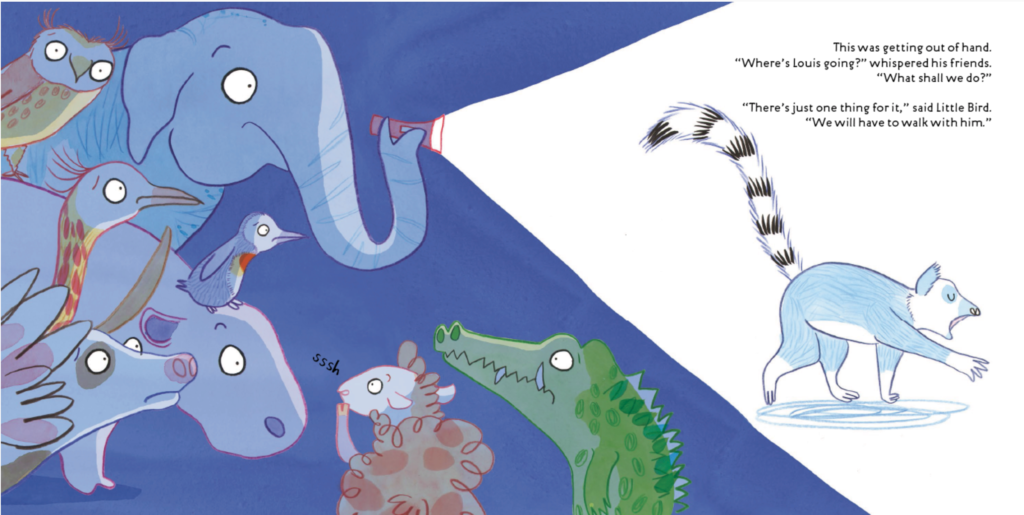Exclusion and the Chinese American Story
Author: Sarah-Soonling Blackburn
Published: March 26, 2024 by Crown Books for Young Readers
Summary: Until now, you’ve only heard one side of the story, but Chinese American history extends far beyond the railroads. Here’s the true story of America, from the Chinese American perspective.
If you’ve learned about the history of Chinese people in America, it was probably about their work on the railroads in the 1800s. But more likely, you may not have learned about it at all. This may make it feel like Chinese immigration is a newer part of this country, but some scholars believe the first immigrant arrived from China 499 CE–one thousand years before Columbus did!
When immigration picked up in the mid-1800s, efforts to ban immigrants from China began swiftly. But hope, strength, and community allowed the Chinese population in America to flourish. From the gold rush and railroads to entrepreneurs, animators, and movie stars, this is the true story of the Chinese American experience.
Review: I am so glad that this book exists, and I especially recommend the audiobook. It tells the Chinese American experience from the very beginning—more specifically, from the first moment that a Chinese person came to America and the racism that Chinese Americans have experienced for centuries. The chapters are dense and filled with incredibly important information. I read a chapter each night to help me digest and think about each one of the topics and time periods covered. I especially appreciated the questions at the end of the chapters. This book is important for readers of all ages.
Tools for Navigation: I wish more books like this one were taught in history classrooms. It’s imperative that young people don’t get a white-washed, sanitized version of US history. The Race to the Truth series (and this book, in particular) allow young people to read from many different perspectives to understand the truth about our country.
Discussion Questions:
- Which information did you find most surprising? Most interesting?
- How has racism evolved across the centuries for Chinese Americans?
- How can you use what you learned to share truths with others?
Read This If You Love: History books, conversations about equity, nonfiction
Recommended For:
**Thank you to Barbara at Blue Slip Media for sending me a copy of this book for an honest review**





